Arts and Children’s Books Collide: The Innovative Laurence King
last updated 19 October 2017
Research shows non-fiction it is selling brilliantly in the children’s publishing market – but why now? Here we speak to Commissioning Editor at Laurence King, Elizabeth Jenner:
Laurence King is predominantly an art publisher, and earlier this year published a series of eye-catching activity books with children’s author and illustrator, Yasmeen Ismail, represented by The Bright Agency:


Source: Nielsen BookScanTCM:36 weeks ending 9th September 2017 versus 36 weeks ending 10th September 2016. Illustration by Grace Easton
It was reported at the 2017 Children’s Bookseller Conference that the sales for non-fiction titles have increased by 6.5% to £25m, so far this year (since the year before):
When commissioning children’s books, what is it first and foremost that you look for? Does the idea or text always come first, or can it sometimes be inspired by an artist’s work?
Non-fiction often starts with a concept or subject rather than a manuscript. Sometimes a book idea will be jumpstarted by a great manuscript submission, but it’s just as likely to be generated as a germ of an idea in-house which we then build the book around, or finding a great illustrator we really want to work with and scaffolding the book around them and their interests. We’re always really keen to work with illustrators’ own passions and areas of interest as it quite often produces really surprising and innovative results.
Elizabeth, you published a children’s activity book series with Yasmeen Ismail. What drew you to her work?
I’ve admired Yasmeen’s beautiful picture book work from afar for a few years, so when the chance came up to acquire this series I jumped at it! I loved seeing her well-known style coming to life in a slightly different form as an activity book rather than a picture book, keeping all her trademark charm and humour but in a different medium. I think her style translates really well to activities. I particularly love how simply and effectively she can convey quite complex subjects for children, such as emotions in Happy, Sad, Feeling Glad. It’s a very difficult thing to do!
Illustrated books for children are really considered in their composition these days. It’s no longer just one page of text and one of illustration. Are there any children’s books currently that stand out to you in terms of design?
Absolutely. It’s a wonderful time to be working in illustrated children’s publishing as everyone is experimenting with subject and format and feel so much. I am particularly obsessed with die cuts at the moment and a wonderful example of this is Britta Teckentrup’s Tree. Not only is the illustration gorgeous, as you would expect, but the design and the clever way the die cuts follow your journey through the book is really fun and unusual. It’s a lovely read:

What do you think about children’s illustrated books in a digital format – are they easily transferable?
This is an interesting one, as the trend at the moment that we are publishing into with our illustrated non-fiction is for very highly designed physical books and concepts that rely on the format and presence of the book as much as (or sometimes more than) the content. We talk a lot about pop-ups, flaps, die cuts, special inks etc. Consumers are buying these books for the physical presence of the book and these tangible extras, which is not the same in other areas of publishing.
Having said that, I do think there is mileage in transferring some of these successful properties into a more digital environment, but I think they have to be rethought as ‘content’ rather than simply an ebook version of the book.
This means the content has to be reworked to really support the format, whether that’s as a game or set of activities within an app, or as a reference aid. Whatever it is, the package has to be as appealing (i.e. perform a useful and unique function) to a user as buying a beautiful die cut book, and I think finding ways to make that the case is the challenge for us all.

The majority of books published by Laurence King are about innovation and creativity, which makes perfect sense coming from a man who himself is just that; innovative, creative — willing to give something a try, even if it might not be a best-seller, it’s all about variety and interest: Laurence King’s grandfather was the publisher of the Daily Mirror, the leading British tabloid at the time, and his great uncle by marriage was Geoffrey Faber, who at Faber & Faber was T. S. Eliot’s publisher. He felt that going into publishing could never be a career for him, forever being in the shadow of such big names in the business. However this changed, and via quite an extraordinary series of events and some difficult years financially speaking at first, Laurence King Publishing now has a strong foothold in the world of arts publishing. You can read a great interview by Mark Lamster with Laurence King on this story for Design Observer here.

It’s clear from Elizabeth’s words, the current method is working well in the editorial, design, and production side of non-fiction books for children to enhance content and create engaging material for the next generation of readers. But what about the next steps — more recognised now than ever before; the importance of promoting the sales of these books and getting them to the consumer?
Some years ago, I worked for a well known bookshop retailer. The non-fiction floor was an area in need of serious attention and I’d been given the opportunity to turn things around. The lowest performing areas included the art sections — astounding in a city full of arts and culture. The books weren’t on display and many of the more expensive art books were wrapped so that you couldn’t look inside — but they needed to be accessible — this was a no-brainer to me.

Illustration by Karl James Mountford from the book, The Curious Case of the Missing Mammoth, by Ellie Hattie, published by Little Tiger Press
To echo Elizabeth, ‘consumers are buying these books for the physical presence of the book and these tangible extras, which is not the same in other areas of publishing’ - meaning that these book have an edge on the shop floor. The combination of beautiful art and facts shouldn’t feel like such a surprisingly complimentary duo — but we are more awake to it now than ever before. The non-fiction floor will always have an edge as long as we celebrate these titles with an understanding of the detailed thought and process that goes into making them.
Suffice it to say, experimenting with displays and points of interest, I bought in books that would fit the demographic of the city, including exquisitely designed children’s non-fiction titles. Finally the art of book design was recognised, appreciated and shared. It made a huge difference and people would visit on a regular basis to see what exciting new treasures were being showcased.
The first years figures more than doubled that of the previous years sales, and things went from strength to strength. It was a joyous time in my bookselling career and one of the many art publishers I loved at that time was Laurence King. Bright, as an agency is delighted to be working with them and their exciting approach to publishing today. With huge thanks to Elizabeth for contributing. If you’d like to know more about Elizabeth’s role as Commissioning Editor, there’s an article in the Bookseller here. LM

Above: Some of the titles you’ll find on Laurence King’s list. More can be found here.
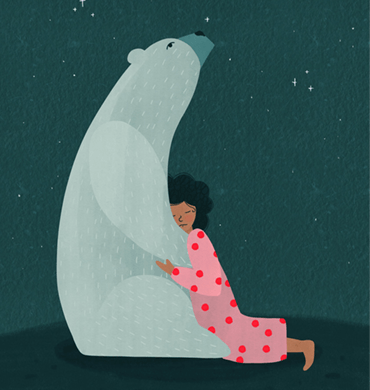 How we work
How we work
 What we do
What we do
 Meet the team
Meet the team
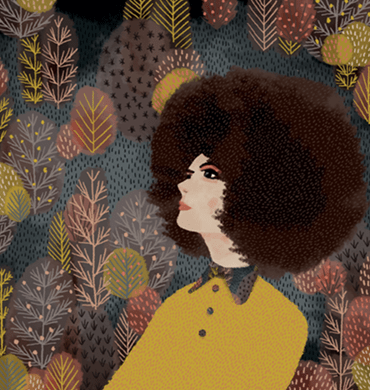 Artists
Artists
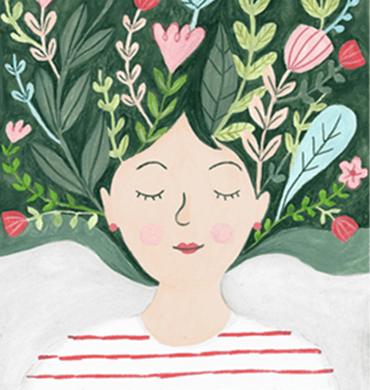 Agents
Agents
 Collections
Collections
 Submissions
Submissions
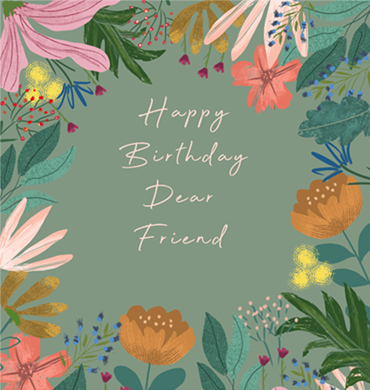 Artists
Artists
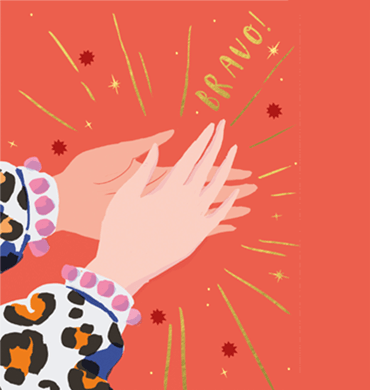 Agents
Agents
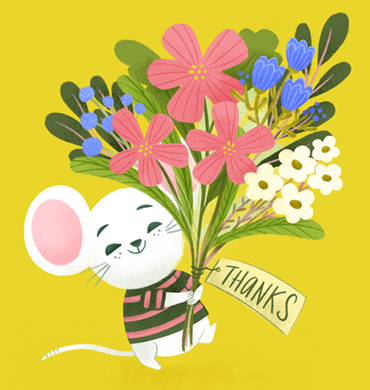 Collections
Collections
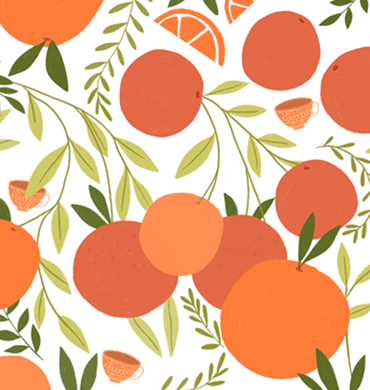 Submissions
Submissions
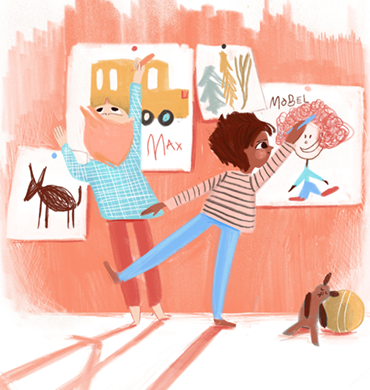 Authors
Authors
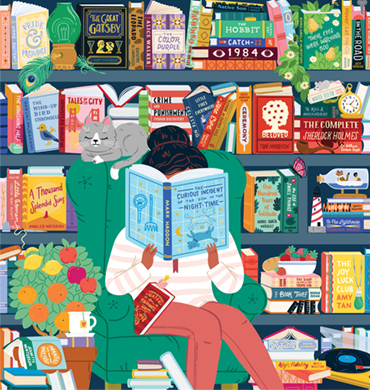 Artists
Artists
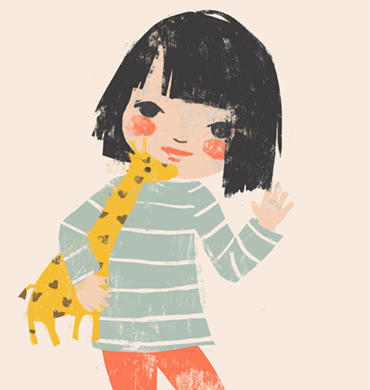 Agents
Agents
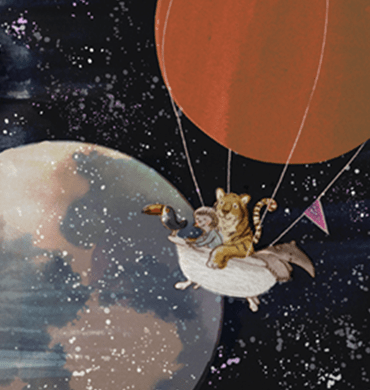 Collections
Collections
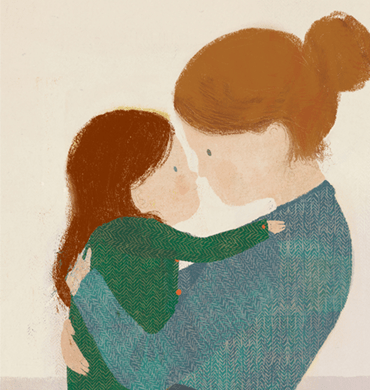 Submissions
Submissions
 Animators
Animators
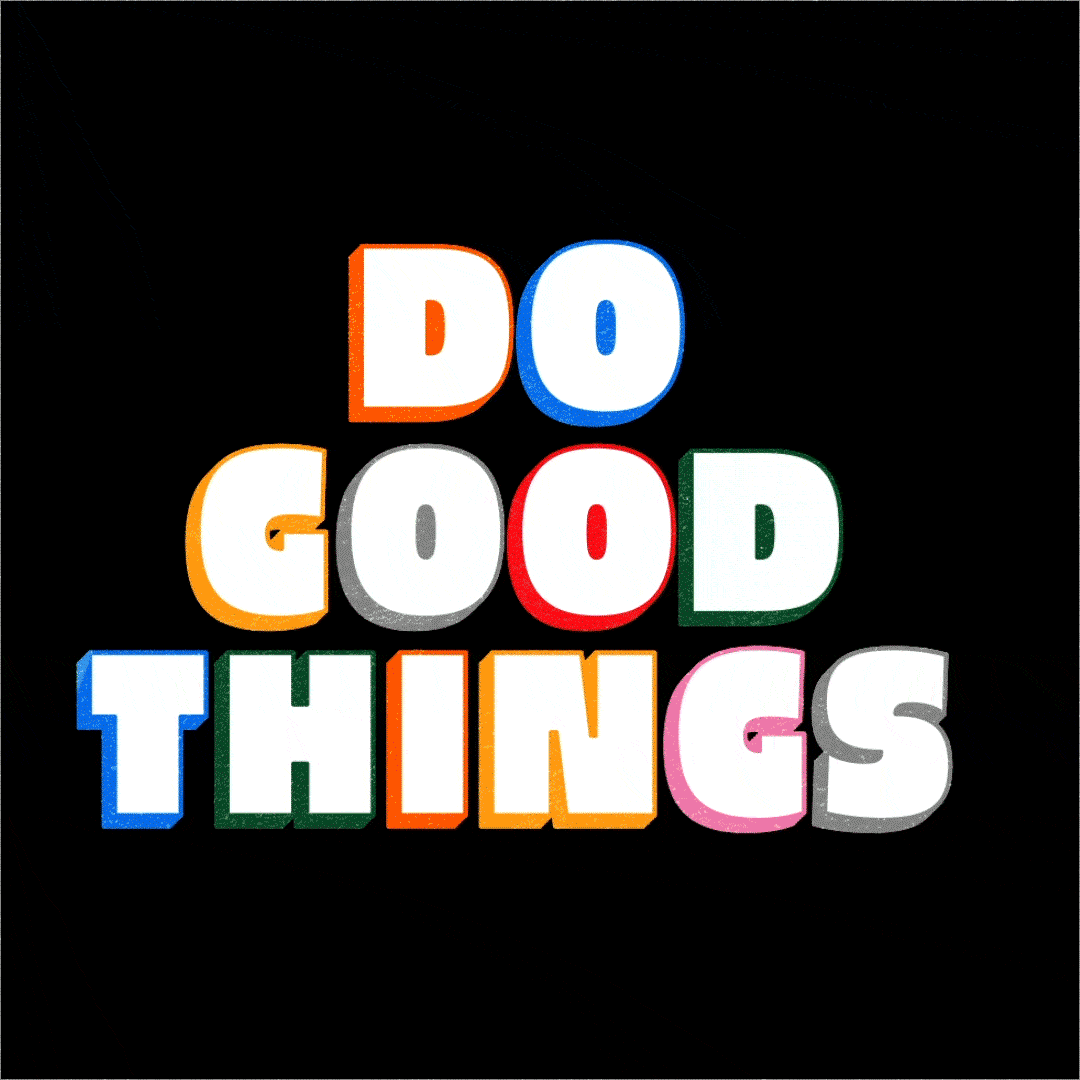 Agents
Agents
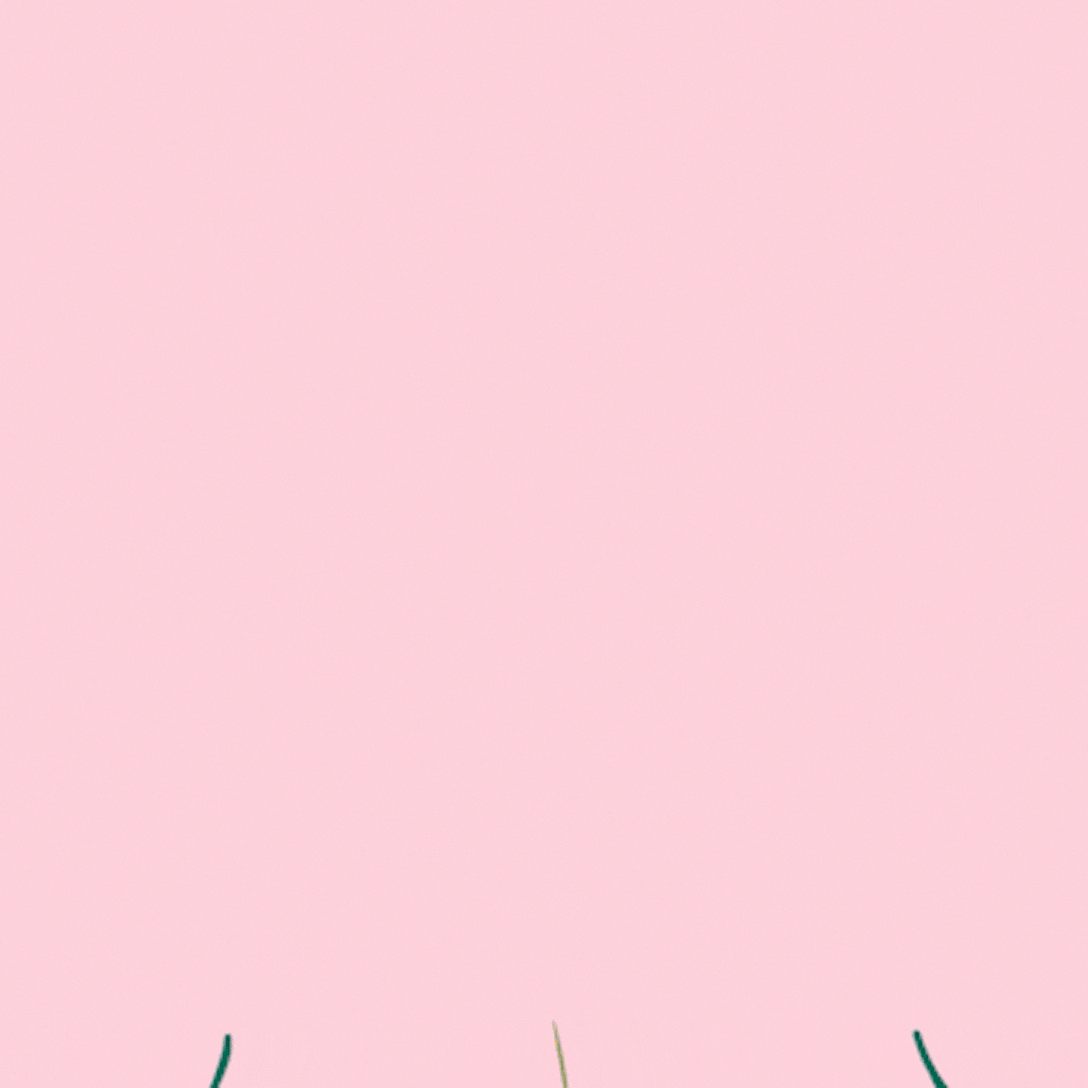 Collections
Collections
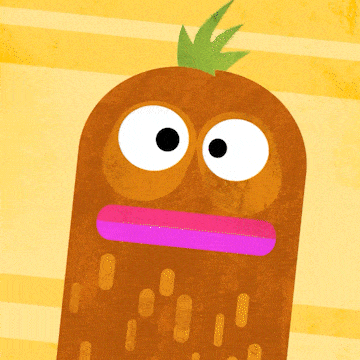 Submissions
Submissions
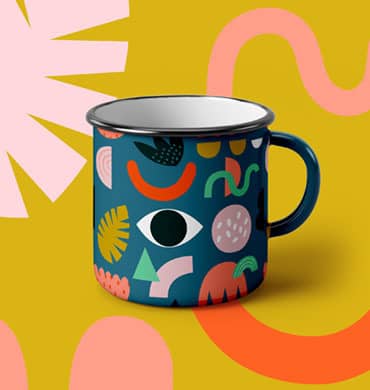 About
About
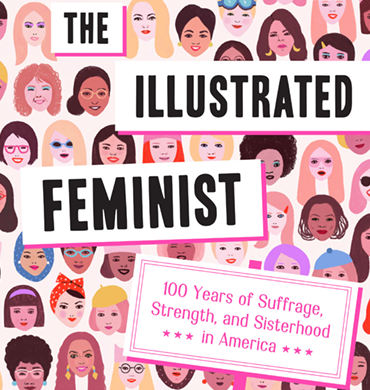 Authors
Authors
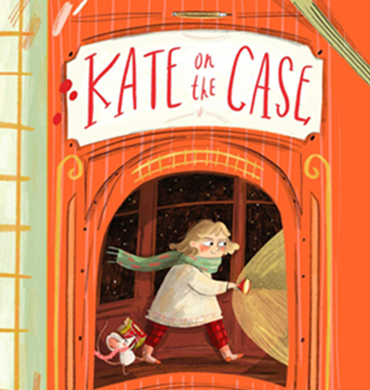 About
About
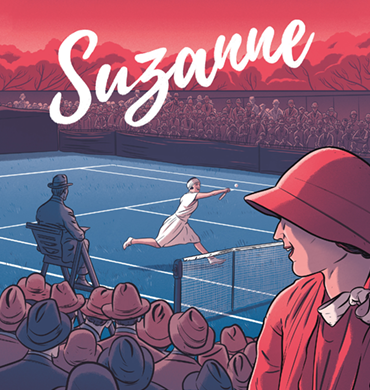 Submissions
Submissions
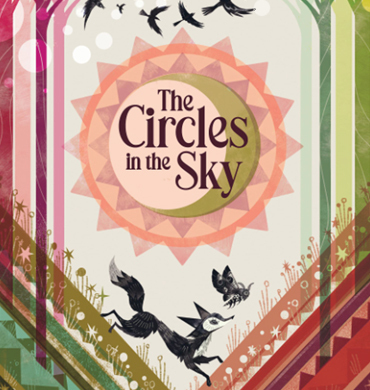 Blog
Blog